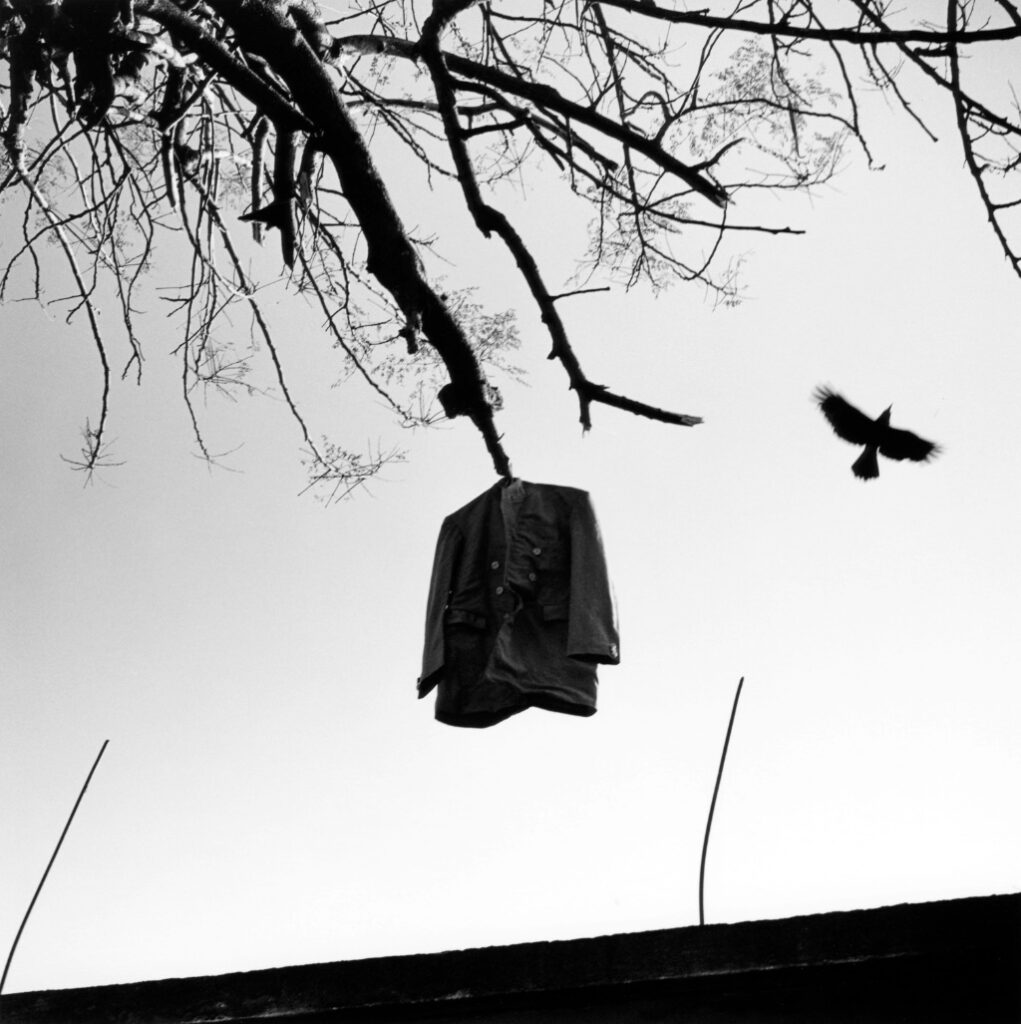
If you didn’t know better, you might think that the Fondation Cartier was exhibiting the work of two different photographers, one in the ground-floor exhibition spaces and another downstairs in the basement, but, in fact, all the photos are the work of the Mexican photographer Graciela Iturbide (b. 1942). “Heliotropo 37” (the address of her studio in Mexico City) is her first major exhibition in France.
The light-filled space to the left on entering the building is hung with beautiful large-format black-and-white photos taken all over the world, from Mexico to India to Sardinia and many points in between. Some of them were shot as long ago as 1972 and others within the past decade. What they have in common is a total lack of folklorism. The only way to know the location of each photo is to look at the cursory label on the floor, indicating only the country and date.
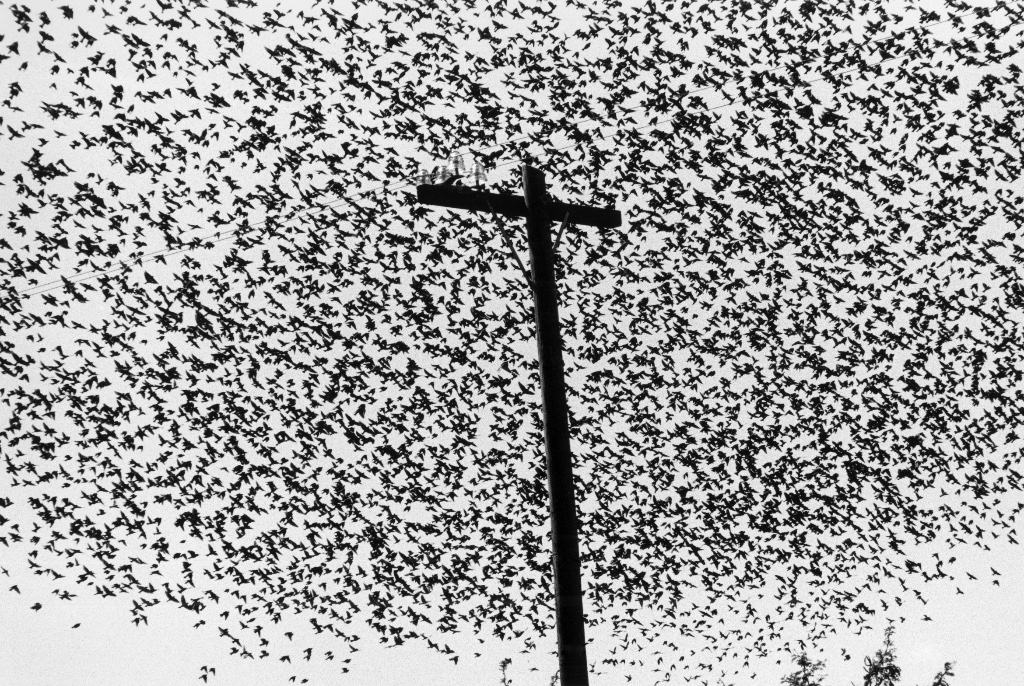
In these “almost spiritual” photos, Iturbide is obsessed with pattern, to the point where most of the images verge on abstraction. There are patterns formed by power lines, by flocks of birds, by leafless branches or by rows of shoes or knives. The few people who appear in these images may form patterns themselves, as in a picture of a row of black shadows cast by unseen people standing in line on a sunny day. The rich grays and blacks in these gelatin silver prints add to their beauty.
In the other gallery on the ground floor are black-and-white photos taken by Iturbide at two botanical gardens, one of which, in Oaxaca, Mexico, is a kind of “cactus hospital,” with the cacti propped up, held in place by ropes or “bandaged” with burlap bags. “I saw these plants as sculptures,” says Iturbide.
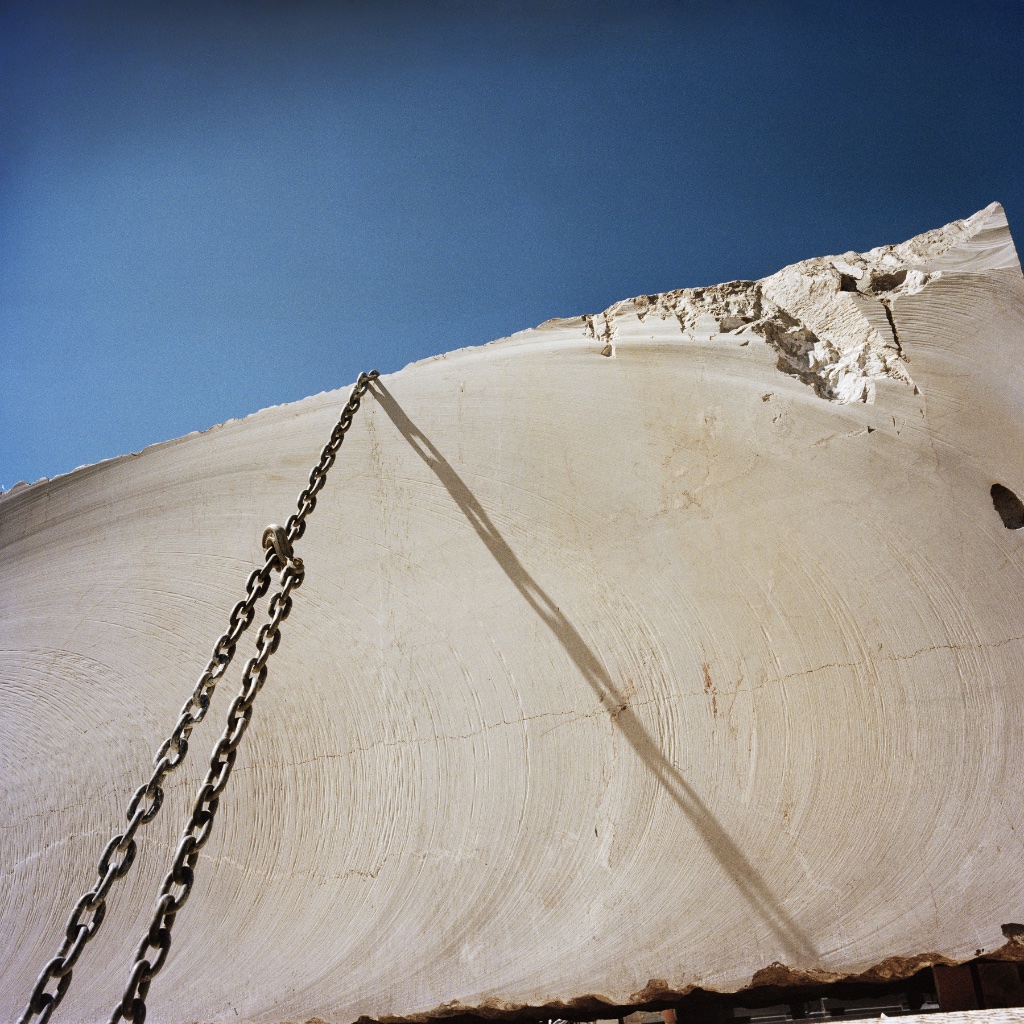
In the same room is a series of color images taken last year in an alabaster and onyx quarry in Tecali, Puebla, Mexico, for a project commissioned by the Fondation Cartier. The only color photos in the exhibition, they, too, become abstractions, with the added interest of the stone’s texture and warm ocher and white shades in the strong light. In a video of Iturbide in the quarry on show downstairs, she speaks cryptically about stone: “Stones don’t have to wait for death,” she says. “They have nothing to do. … They are pieces of stars.”
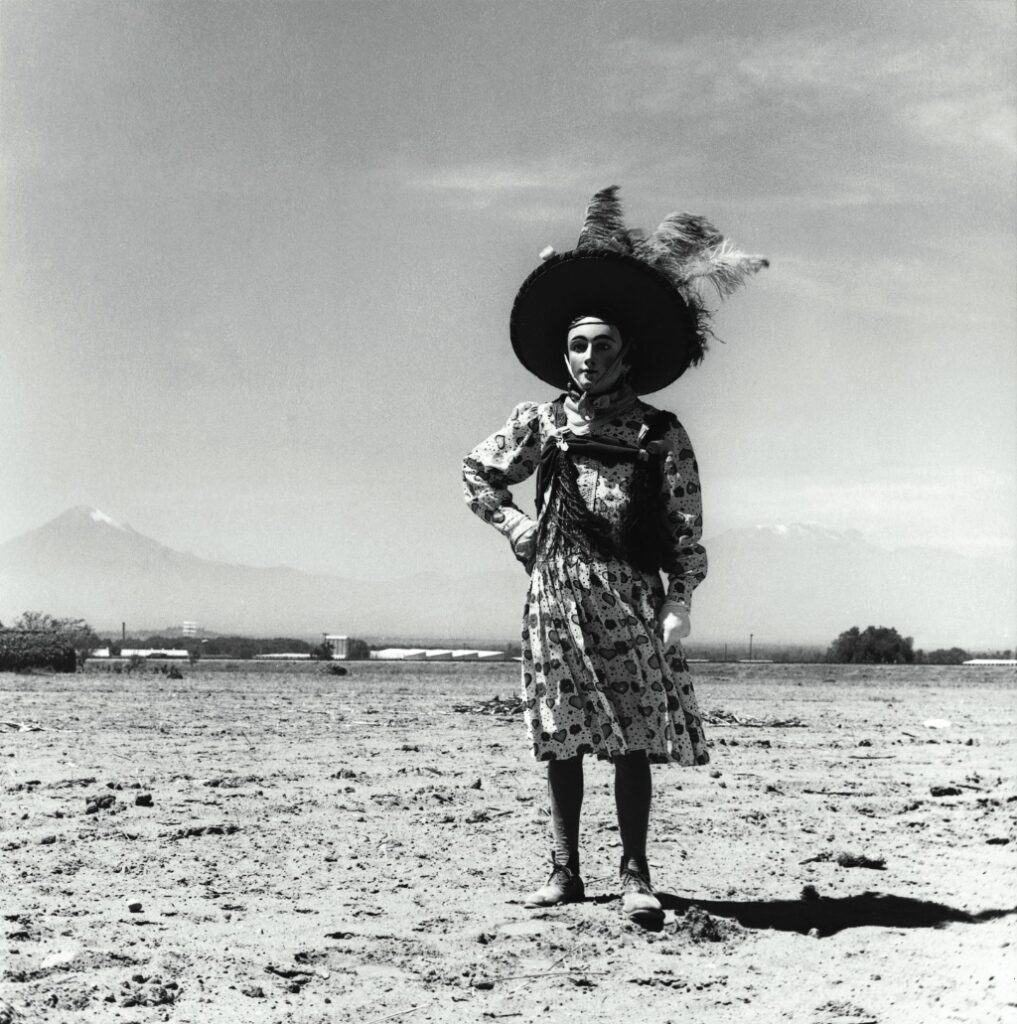
The downstairs galleries tell a very different story about the many places Iturbide has visited around the world. There is nothing abstract about these photos of people taken between the 1970s and ’90s. These are the works that made her name as a photographer, notably the series on indigenous communities and folk traditions in Mexico, especially the portraits of Seri Indians living in the Sonoran Desert and the women of Juchitán. In this delightful series, these “strong, corpulent, politicized, emancipated, marvelous women,” in Iturbide’s words, are seen dancing together, showering, tending their children, wearing headdresses made of iguanas and generally celebrating.
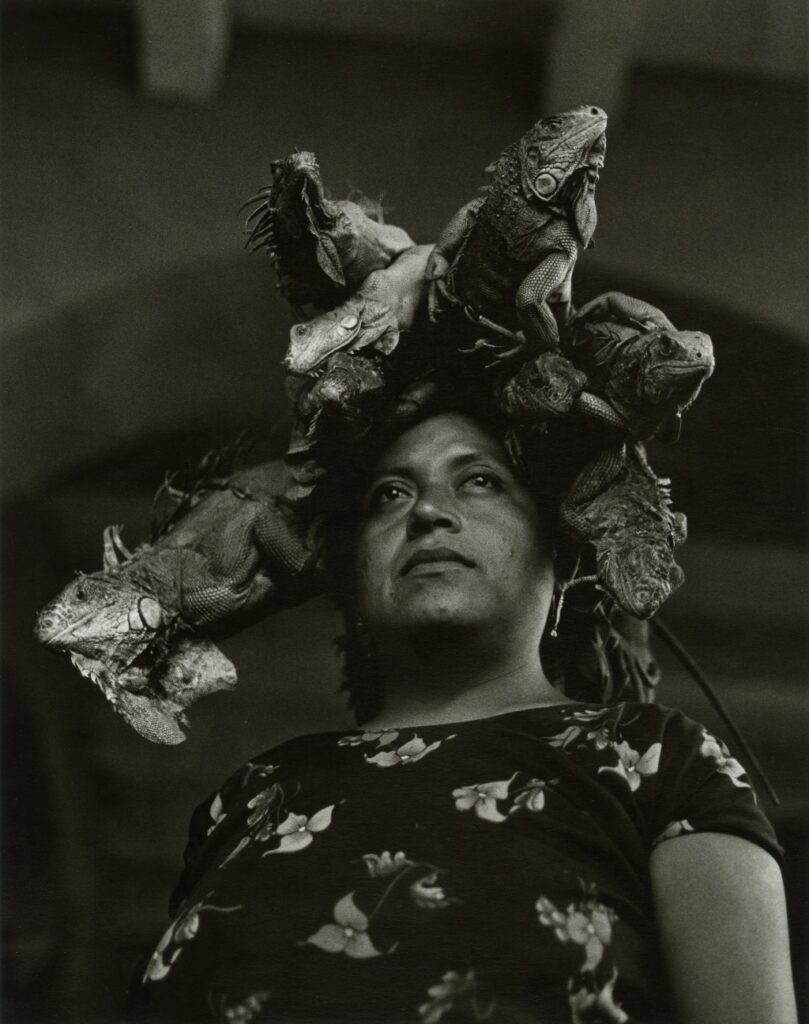
A few of these pictures reminded me of the work of Vivian Maier, with the photographer inserting herself into the image in the form of her shadow. Both used twin-lens reflex cameras, but Iturbide was not an anonymous voyeur surreptitiously taking photos in the street like Maier. Her subjects were well aware of her presence, except perhaps those stones.
Favorite